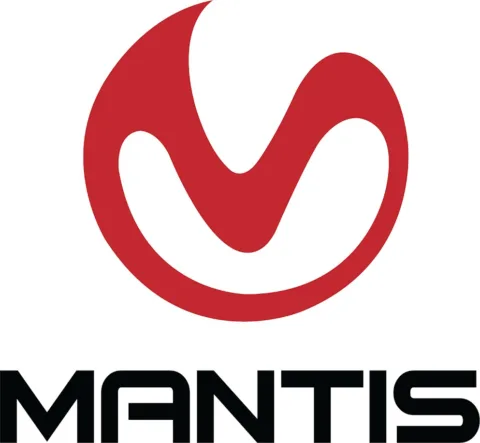Concealed carry is a personal choice, and for women, finding the right on-body carry option is crucial for both comfort and accessibility. While off-body carry is an option, on-body carry is often recommended for its quick access and retention. In this blog post, we’ll delve into various on-body concealed carry positions, exploring their advantages and disadvantages to help you make an informed decision about the method that suits you best.
1. Inside the Waistband (IWB) Holster:

Advantages:
- Concealment: IWB holsters provide excellent concealment, tucking the firearm inside your pants for minimal visibility.
- Accessibility: The firearm is readily accessible, allowing for a quick draw when needed.
- Versatility: Works well with various clothing styles, from loose-fitting to more form-fitting outfits.
Disadvantages:
- Comfort: Some women may find IWB holsters uncomfortable, especially in seated positions.
- Learning Curve: Proper positioning and adjusting to the holster may take time.
2. Outside the Waistband (OWB) Holster:

Advantages:
- Comfort: OWB holsters can be more comfortable for some women, as they don’t press against the body.
- Accessibility: Quick and easy access to the firearm.
- Easier to Draw: Generally easier to draw from compared to IWB holsters.
Disadvantages:
- Concealment: Requires a cover garment to conceal effectively.
- Limited Wardrobe Options: Clothing choices may be limited due to the need for an outer layer.
3. Appendix Carry:

Advantages:
- Quick Access: Provides rapid access to the firearm.
- Comfort for Some: Some women find appendix carry comfortable, especially when standing or walking.
- Minimal Printing: Less printing when compared to other positions.
Disadvantages:
- Comfort for Others: Can be uncomfortable when sitting for long periods.
- Safety Concerns: Requires strict adherence to safety rules due to the firearm’s proximity to the body.
4. Pocket Carry:

Advantages:
- Concealment: Excellent concealment, especially with smaller firearms.
- Comfort: Comfortable, particularly in warmer weather.
- Easy Wardrobe Integration: Works well with a variety of clothing styles.
Disadvantages:
- Limited Firearm Size: Restricted to smaller firearms.
- Draw Speed: Slower draw speed compared to other positions.
5. Bra Holster:

Advantages:
- Concealment: Provides deep concealment, minimizing printing.
- Accessibility: Allows for a discreet draw.
- Comfort for Some: Some women find bra holsters comfortable for certain situations.
Disadvantages:
- Comfort for Others: May not be comfortable for all body types.
- Limited Firearm Size: Restricted to smaller firearms.
6. Ankle Holster:

Advantages:
- Secondary Carry Option: Ideal for a backup firearm.
- Concealment: Effective concealment with the right clothing.
Disadvantages:
- Draw Speed: Slower draw compared to other positions.
- Limited Firearm Size: Limited to smaller firearms.
- Discomfort for Some: Can be uncomfortable, especially during extended periods.
Off-Body Carry:

Advantages:
- Versatility: Allows for a wider range of firearm sizes and types.
- Concealment: Concealment is not dependent on clothing choices.
Disadvantages:
- Accessibility: Slower access to the firearm compared to on-body carry.
- Retention: Increased risk of losing control of the firearm in certain situations.
Conclusion: The Choice is Yours
While on-body carry is generally recommended for its accessibility and retention, the best carry position is a deeply personal choice. Consider your lifestyle, wardrobe, and personal comfort when making this decision. Whether you choose IWB, OWB, appendix, pocket, bra, ankle, or off-body carry, it’s crucial to practice and train regularly to ensure a safe and effective draw in any situation.
Remember, there’s no one-size-fits-all solution, and the best carry method is the one that aligns with your preferences, needs, and lifestyle. Stay safe, stay empowered, and carry with confidence.
LANTAC RAZORBACK SLIDE FOR G17 GEN 4
LANTAC RAZORBACK SLIDE FOR G17 GEN 4






